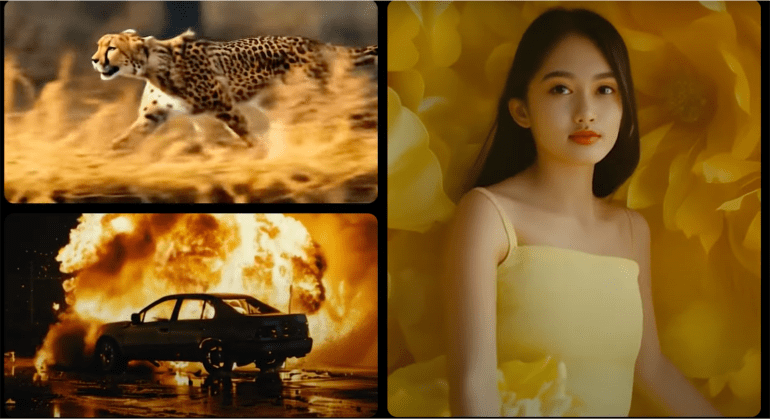- Dream Machine, developed by Luma AI, enters the AI video generation market as a new contender.
- It offers a free tier accessible via Google accounts but faces initial processing delays due to high demand.
- Output includes five-second clips at 1360×752 resolution, suitable for basic video needs.
- Pricing tiers range from free (30 generations/month) to paid plans offering up to 2,000 generations/month.
- Concerns exist regarding data training and technical limitations for complex text and motion scenarios.
- Positioned as a stepping stone to more advanced AI video generators like OpenAI’s Sora and others.
Main AI News:
Dream Machine, a new player in the text-to-video AI arena, has arrived just as the demand for such tools is skyrocketing. Developed by Luma AI, known for its innovative 3D photo app for iPhones, Dream Machine offers a glimpse into the future of generative video creation. Despite being in its infancy, the platform already offers a free tier accessible via Google accounts, albeit with some initial capacity constraints.
At present, Dream Machine is experiencing high demand, resulting in processing delays with each generation taking approximately 120 seconds. However, despite these challenges, the outcomes are remarkably promising. Outputs are currently limited to five-second clips at 1360×752 resolution, underscoring its potential in the burgeoning market of AI-generated media.
For those eager to explore further, Dream Machine’s pricing plans offer scalability: from the free tier capped at 30 generations per month to the Standard, Pro, and Premier tiers offering 120, 400, and 2,000 generations respectively, at varying monthly fees. This scalability positions Dream Machine as a viable option for both casual users and professionals seeking enhanced capabilities.
As with any emerging technology, there are considerations regarding its data training and technical limitations, particularly in handling complex text and motion scenarios. Nonetheless, Dream Machine represents a significant step forward in democratizing AI video generation, offering users an accessible yet powerful tool for creative expression.
In the evolving landscape of AI-driven content creation, platforms like Dream Machine provide early adopters with a taste of what’s to come, bridging the gap until more advanced solutions like OpenAI’s Sora and other high-capacity models become widely available. As the industry matures, these tools are poised to redefine how we interact with and produce digital media, making Dream Machine an intriguing starting point for exploration and experimentation.
Conclusion:
The launch of Dream Machine marks a significant entry into the AI video generation sector, providing users with accessible tools for creating basic AI-generated videos. Despite initial challenges with processing delays and technical limitations, its scalable pricing plans and user-friendly interface make it a viable option for early adopters and professionals alike. As the market matures, platforms like Dream Machine are paving the way for broader adoption of AI-driven content creation, setting the stage for future advancements and innovation in digital media production.

